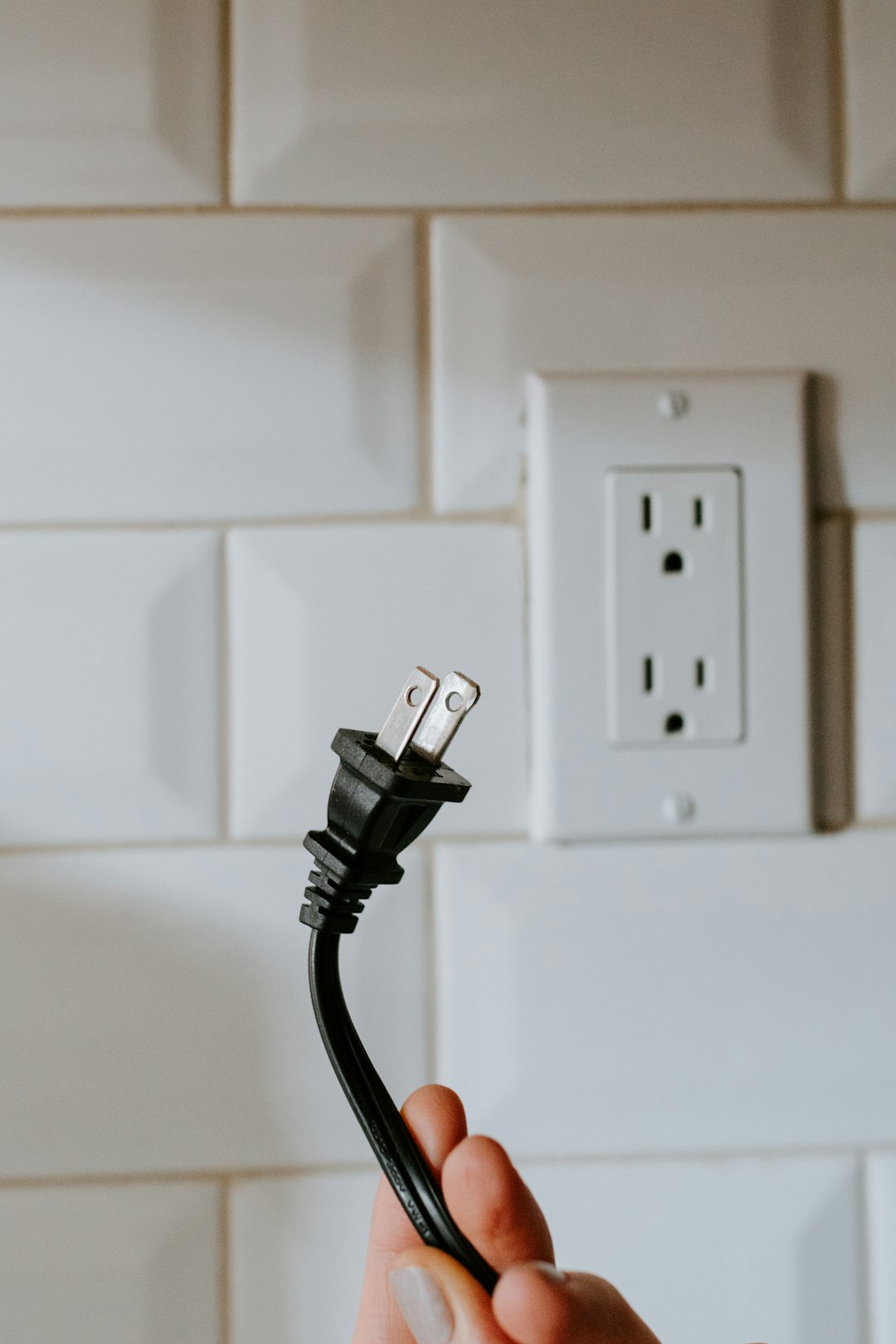Bringing home a brand-new oven is always exciting. Whether you’re a seasoned chef or an enthusiastic beginner, having the right setup ensures that you get the best performance from your appliance. However, many people don’t realize that before you start baking, roasting, or broiling, your new oven needs proper preparation. Not only does this safeguard your food’s flavor, but it also helps prolong the life of the unit. Let’s walk through the essential steps to prepare your new oven for use and how to spot early warning signs of potential problems.
First Steps: Preparing Your New Oven
Once your shiny new oven is installed, don’t just dive into cooking. Follow these vital steps:
- Read the Manual: Every oven is different. Take the time to read the manufacturer’s instructions. They often contain specific cleaning procedures and calibrations tailored to your model.
- Inspect the Oven Carefully: Look inside and around the oven for any loose packaging materials, plastic films, or leftover hardware from installation that could create hazards when heated.
- Clean Interior Surfaces: Use a damp cloth and mild soap to wipe down all racks, walls, and trays inside the oven to remove manufacturing residues like oils and dust.
- Burn Off Manufacturing Residues: Most manufacturers recommend heating your oven empty at a high temperature (usually about 400–500°F) for 30 minutes to an hour. This process eliminates protective oils, paints, and chemicals used during production.
Tip: Open the windows and turn on the kitchen fan during the initial burn-off, as it may produce unpleasant smells and a little smoke.

Running the Test Bake
After the burn-off is complete and the oven has cooled, it’s time for a simple “test bake.” This helps you verify that everything is functioning correctly without risking a gourmet dish:
- Preheat the Oven: Choose a common temperature like 350°F and preheat the oven, noting how long it takes to reach the set heat.
- Observe Temperature Consistency: Use an oven thermometer to verify the internal temperature. Variations of 5–10ºF are normal, but greater discrepancies could indicate a calibration issue.
- Perform a Basic Bake: Baking some cookies or a simple cake will show whether there are any hot spots or uneven heating problems.
Identifying Early Problems
Early detection of issues can save you from costly repairs or spoilage. Here are some common problems to watch for:
- Strange Noises: Popping, ticking, or loud humming sounds could signify loose parts or installation mistakes that need addressing.
- Excess Smoke After Burn-Off: Light smoke is normal during the first use, but heavy smoke could point to leftover packaging material or a defective heating element.
- Uneven Heating: If one side of your test bake comes out burnt and the other remains undercooked, your heating elements or convection fans might not be working properly.
- Strong Odors: Chemical smells after several uses might mean that not all manufacturing residues burned off—or worse, there’s a wiring or insulation issue inside the unit.

General Oven Maintenance Tips
Now that your oven is ready for action, keeping it in top shape is vital for performance and safety. Here’s how:
- Regular Cleaning: Clean spills and splashes immediately to avoid burnt-on food that is harder to remove later.
- Check Seals and Gaskets: A tight seal is essential for maintaining consistent temperatures. Replace any worn-out or damaged gaskets.
- Calibrate When Needed: If you notice persistent cooking irregularities, consult the manual on how to recalibrate your oven’s thermostat settings.
- Inspect and Replace Filters: Some ovens have filters, especially those with self-cleaning settings. Regular replacement can prevent odor buildup.
When to Call a Professional
While most minor issues can be resolved at home by following your manual, sometimes you’ll need expert help. Contact a professional if:
- The oven fails to reach or maintain the correct temperature despite recalibration.
- You detect electrical burning smells or see smoke when the oven is not brand-new anymore.
- Certain features like convection fans, lights, or timers stop working properly.

In closing, preparing your new oven properly and identifying potential issues early will help you enjoy many years of successful cooking adventures. With careful attention, you’ll not only protect your investment but also ensure that every meal comes out as delicious as you imagined!
